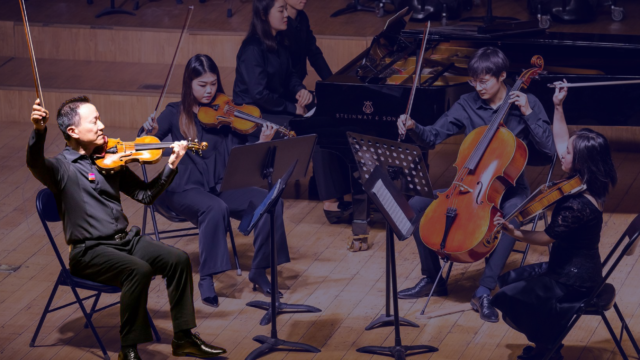Prelude and Table of Contents: Spring 2020

At times of crisis, one of the first things people turn to is orchestral music. Beyond the sheer beauty that offers solace or the knotty dissonance that echoes personal anguish, orchestral music offers a sense of continuity and collective effort. There’s the knowledge that a group of artists came together to play this music and that a composer—in the distant past or right here, right now—understands your pain. As has been said before by smarter minds, “where words fail, music speaks.”
So what happens when musicians can’t gather to make music? That is just one of the dilemmas raised by the global pandemic. That might sound like a rather luxurious issue, given that COVID-19 has killed thousands, cratered economies, hammered healthcare. But a harsh irony of the crisis is that the safest known way to contain the virus is to not gather in groups—the central actions of musicians and audiences. Yet as orchestras are forced to cancel concerts, they are not staying silent. In this issue of the magazine, we document some of the responses—online, free of charge—that orchestras and musicians are adopting even as they face an unprecedented health and financial crisis.
This issue of Symphony arrives somewhat later than planned. Our apologies for that. As the scale of the pandemic evolved, it became clear that accurate coverage of its impact on orchestras required new articles, new analysis, new resources, new information. Symphony will continue to cover the orchestra field, reporting not only on the current crisis but as part of our longstanding commitment to reporting on multiple topics, among them new music, innovative thinking, established and emerging artists, scholarship, and equity, diversity, and inclusion.
Bob Sandla
Table of Contents
Related
Become a member
Thank you for your interest in the League of American Orchestras! We are dedicated to advancing the orchestral experience for all.
Join Now